
Concurso Estadio Ramón SánchezPizjuán PérezElliot Arquitectos
The Ramon Sánchez-Pizjuán is the ideal location for business events. Sevilla FC, founded in 1890, offer our facilities t.
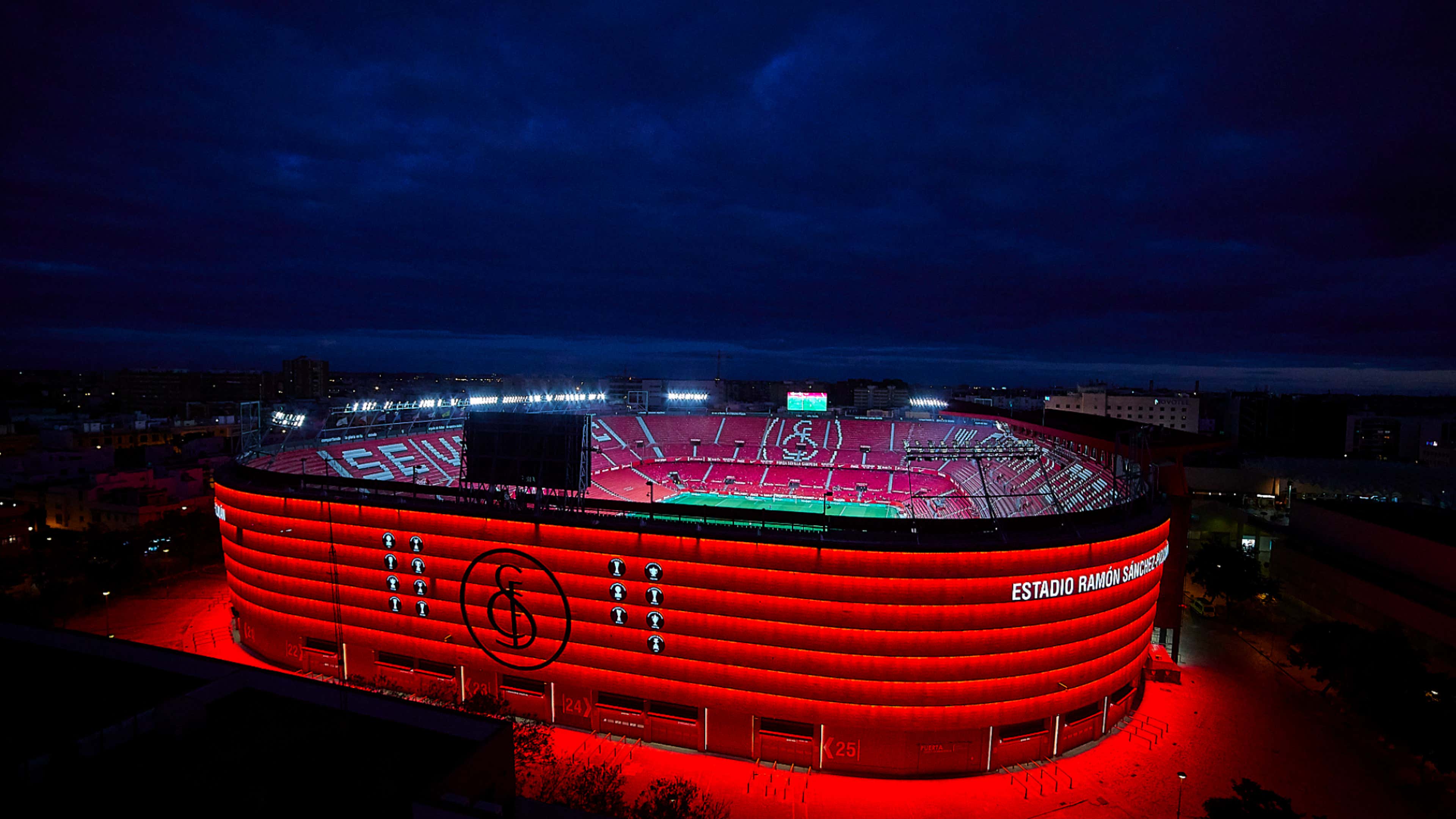
Por qué la final de la Europa League 20212022 se juega en Sevilla y es
Ramón Sánchez-Pizjuán was the Sevilla club president for 17 years and the pioneer of the building of this ground which carries his name today. A design competition was held in order to choose the image and the building of the stadium; it was won by Manuel Muñoz Monasterio, the same architect who had designed the Santiago Bernabéu. Before.
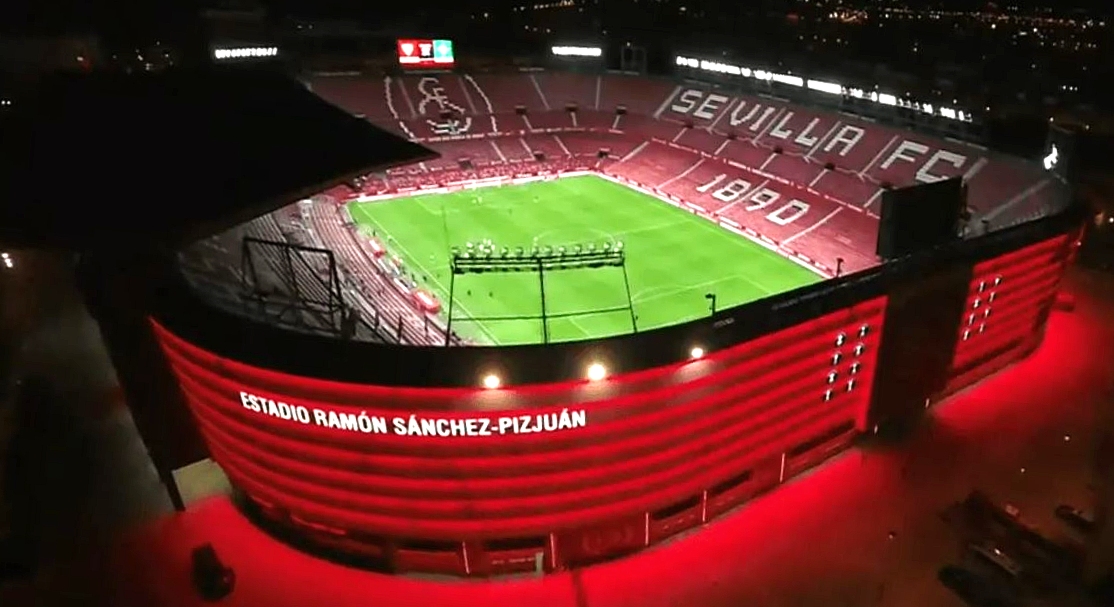
Sevilla Estadio Ramón Sánchez Pizjuán Estadios de España
Ramón Sánchez-Pizjuán. Ramón Sánchez-Pizjuán Muñoz (21 December 1900 - 28 October 1956) was a Spanish lawyer. He was the president of Sevilla FC from 1932 to 1941, and again from 1948 to 1956. Under his presidency, the club reached La Liga and won the national cup twice, while the land was brought for the stadium that bears his name.
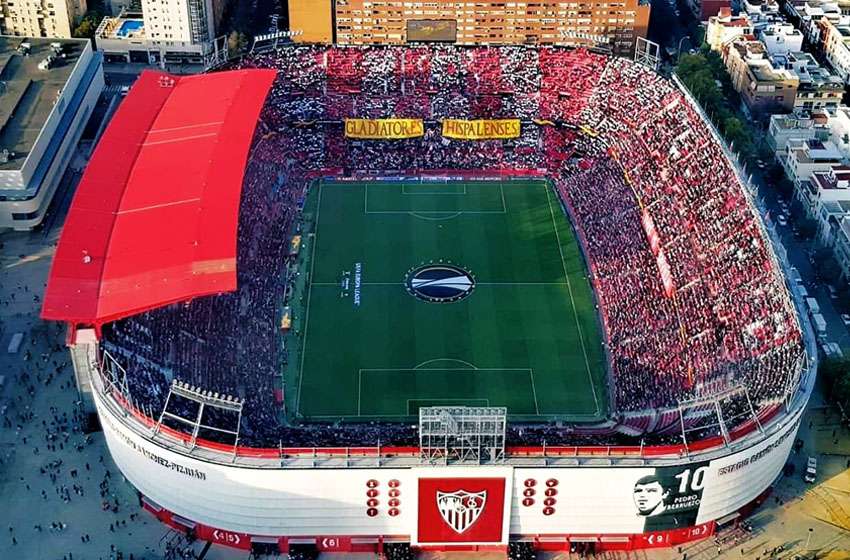
Ramón Sánchez Pizjuán Stadium History, Capacity, Events & Significance
Ramon Sanchez-Pizjuan Stadium (Estadio Ramón Sánchez-Pizjuán) is the home ground of LaLiga side Sevilla FC. The 42,700 capacity stadium in Seville was built between 1955 and 1958 and opened in 1958 with a friendly against Jaén. The stadium has also been subsequently renovated in 1996 and 2017. Originally the stadium had a capacity of over.

Ramón Sánchez Pizjuán Stadium, Seville, Spain stadiumporn
The Ramón Sánchez Pizjuán Stadium (Spanish: Estadio Ramón Sánchez-Pizjuán; [esˈtaðjo raˈmon ˈsantʃeθ piθˈxwan]) is a football stadium in Seville, Spain.It is the home stadium of Sevilla Fútbol Club, and is named after the club's former president, Ramón Sánchez-Pizjuán (1900-1956).. It was the venue for the 1986 European Cup Final between Steaua București and Barcelona and.

La historia detrás del estadio Ramón SánchezPizjuán Sevilla FC
Ramón Sánchez Pizjuán. Para el estadio, véase Estadio Ramón Sánchez-Pizjuán. Ramón Sánchez-Pizjuán Muñoz ( Sevilla, 21 de diciembre de 1900 - 28 de octubre de 1956) fue un abogado sevillano conocido por ser presidente del equipo de fútbol Sevilla Fútbol Club durante 17 años, en 2 etapas distintas: 1932-1942, 1948-1956.

1955, Estadio Ramón Sánchez Pizjuán, Sevilla España SánchezPizjuán
The Ramón Sánchez Pizjuán Stadium has the nickname La Bombonera, though that is more commonly used to refer to the home of Boca Juniors, Estadio Alberto J. Armando. Because of that it's also called La Bombonera de Nervión as it is located in the Nervión neighbourhood of Seville. It has been the home of Sevilla Football Club since it.
.jpg?auto=webp&format=pjpg&width=3840&quality=60)
Estadio de Ramón SánchezPizjuán en Sevilla capacidad, historia
The Ramón Sánchez Pizjuán is the Sevilla Fútbol Club stadium, and it hosts the matches of one of the city's football clubs. The history behind the Estadio Ramón Sánchez Pizjuán It was inaugurated in 1958, though major renovations have taken place throughout the years, specially in the mid-90s.

Concurso Estadio Ramón SánchezPizjuán PérezElliot Arquitectos
Welcome to the New Ramón Sánchez-Pizjuán. Welcome to our new stadium, the new home of the Sevillistas. 🏟️🔜 — Sevilla FC (@SevillaFC_ENG) December 4, 2023. The capacity of the Ramon Sanchez Pizjuan is currently at just under 44,000, but the new ground would increase that by 11,000 to 55,000, and also add a roof to enclose the ground.
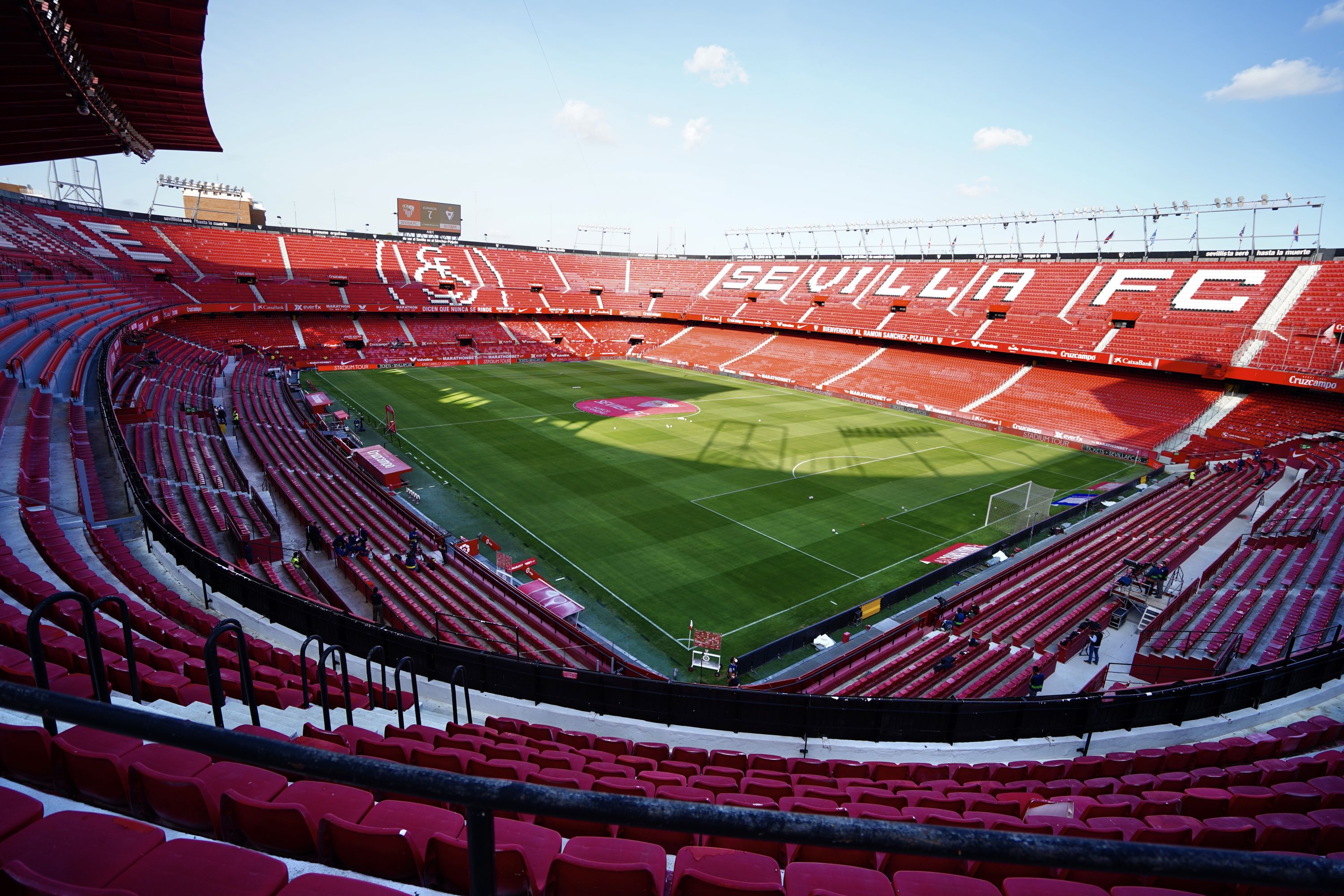
Our fans will be key in the future of the SánchezPizjuán Sevilla FC
ESTADIO RAMÓN SÁNCHEZ-PIZJUÁN. Inaugurado el 7 de septiembre de 1958 en partido amistoso frente al Real Jaén, su construcción respondió a las nuevas exigencias del fútbol, pues se requerían comodidades y capacidades que el vetusto campo de Nervión no podía satisfacer. La idea de su construcción se había planteado dos décadas antes.
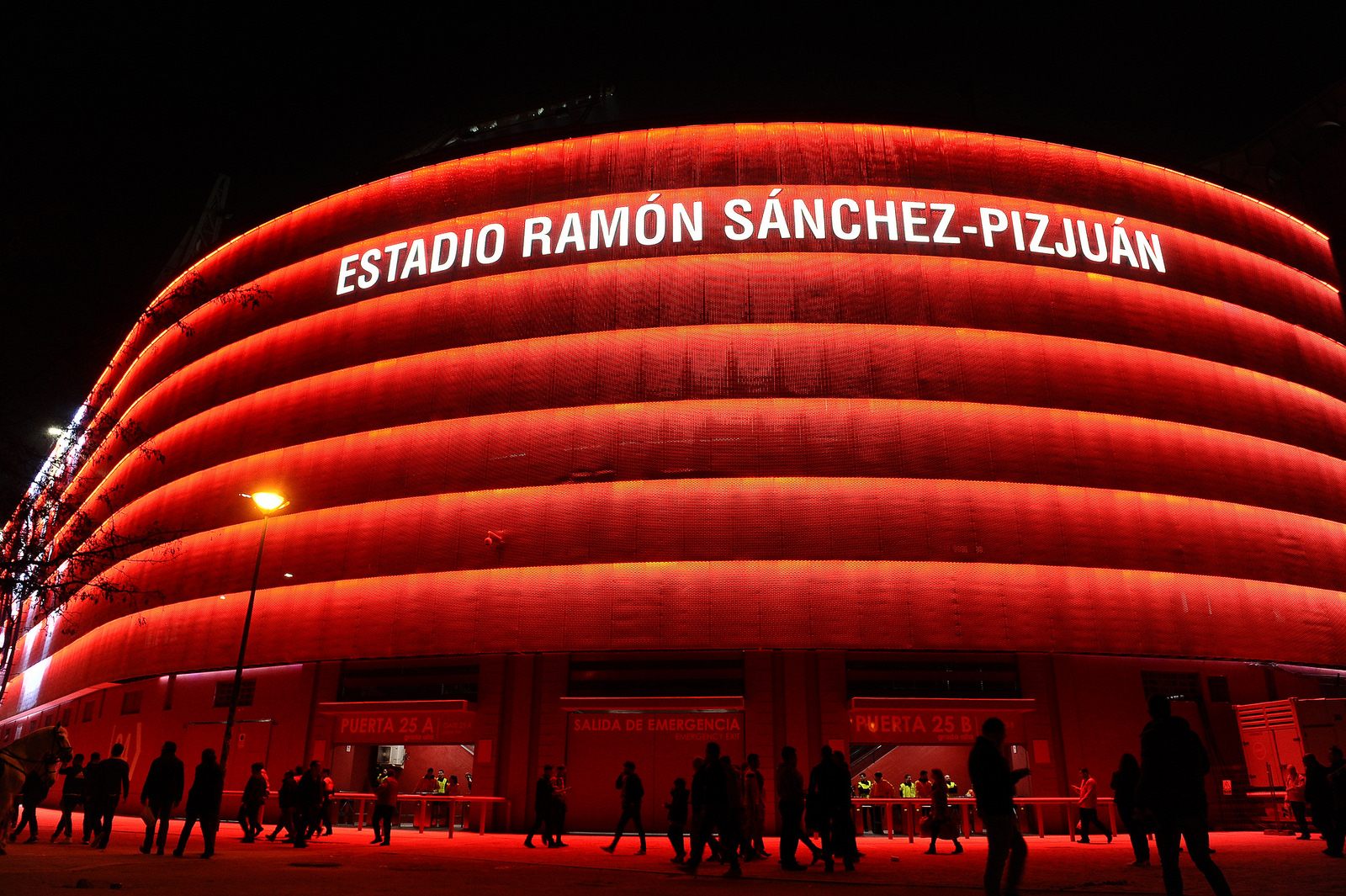
Estadio Ramón Sánchez Pizjuán (La Bombonera de Nervión)
Ramón Sánchez-Pizjuán ©IMAGO. Info . This page provides you with information about the stadium of the selected club. In addition to the basic facts, you can find the address of the stadium, access information, special features, prices in the stadium and name rights. The drop-down menu above the basic facts allows you to look at former.

Ramón SánchezPizjuán Juliane Pepper
El Estadio Ramón Sánchez-Pizjuán es un recinto deportivo propiedad del Sevilla Fútbol Club, ubicado en pleno barrio de Nervión de Sevilla, España. Se inauguró el 7 de septiembre de 1958 y su aforo actualmente es de 43.864 espectadores. El nombre del estadio es en homenaje al ilustre expresidente del club, Ramón Sánchez-Pizjuán para.
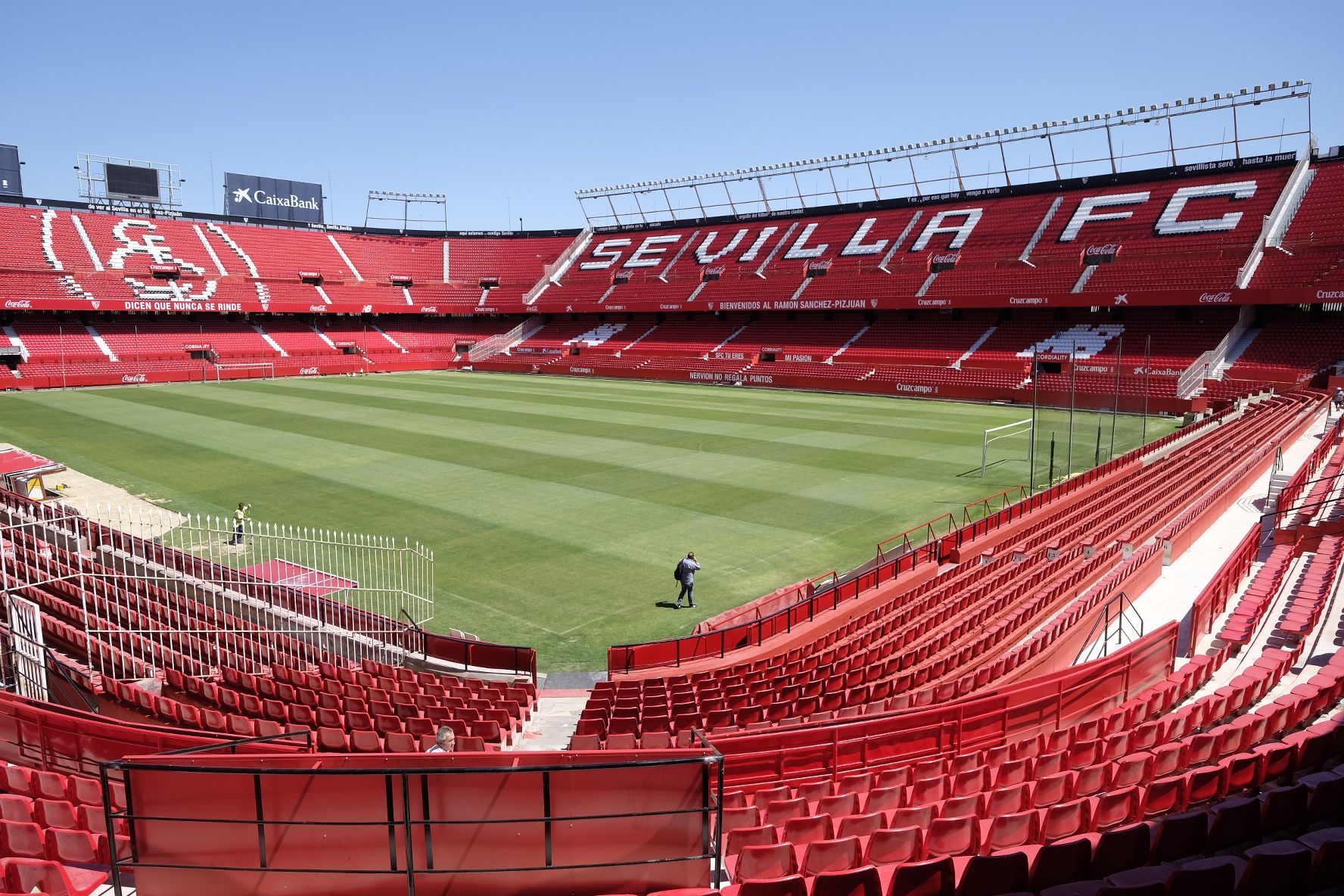
EL NUEVO RAMÓN SÁNCHEZPIZJUÁN Sevilla FC
Ramón Sánchez-Pizjuán held the office of Chairman at the time and was the primary proponent of the project. In 1954, Sevilla FC held a contest for construction ideas. The winner was Manuel Muñoz Monasterio, who had built the Santiago Bernabeu and Mestalla years before. His proposal - eventually approved - consisted of a stadium with a.
Estadio Ramón Sánchez Pizjuán Football Stadium Models by TARESPA
Estadio Ramón Sánchez-Pizjuán - stadium description. The most centrally located stadium in Seville bears the name of long-ruling president R. S. Pizjuan, who began efforts to build the stadium back in 1937, when he acquired the land. Later he was aiding the development of the project, not living to see the groundbreaking in December 1856.

Costretto suonare il piano fascio nuovo stadio siviglia Marco Polo
The Ramón Sánchez Pizjuán Stadium is a football stadium in Seville, Spain. It is the home stadium of Sevilla Fútbol Club, and is named after the club's former president, Ramón Sánchez Pizjuán, who served Sevilla for seventeen years in the early 20th century and helped pioneer the building of the ground. It was the venue for the 1986.

EL SÁNCHEZPIZJUÁN ES EL TERCER ESTADIO CON MEJOR MEDIA DE ASISTENCIA
Where is the Ramón Sánchez-Pizjuán? Located very centrally in the heart of the city, it is situated in a perfect position for anyone staying for a short getaway, city breaks or even just for the match itself. Despite being planned long before, the stadium opened in September 1958 and was named in honour of the long-serving president who died.